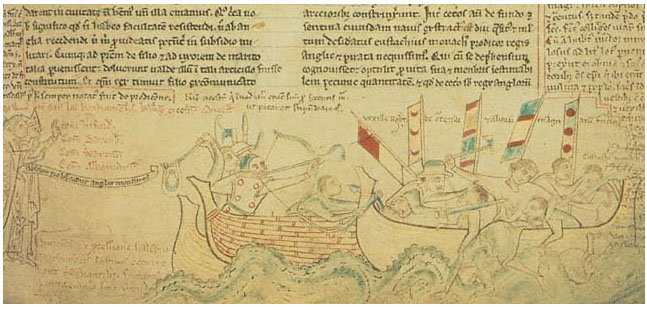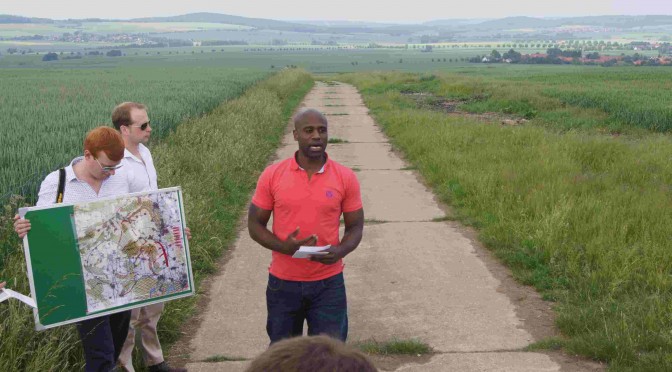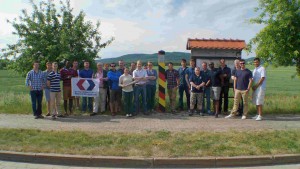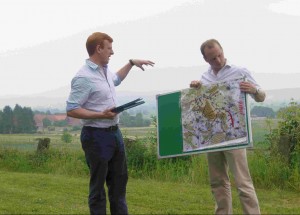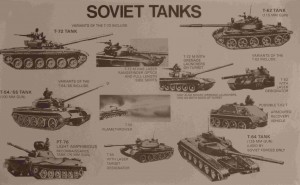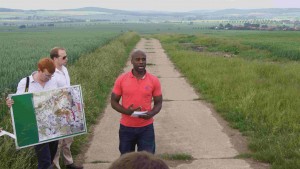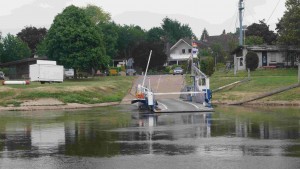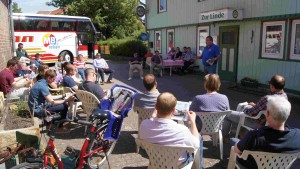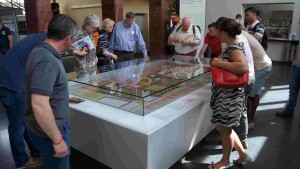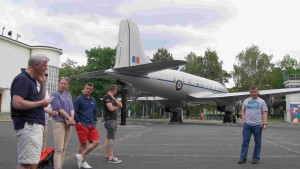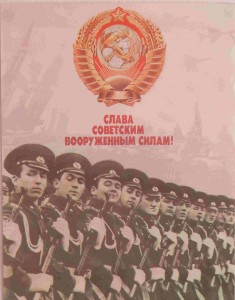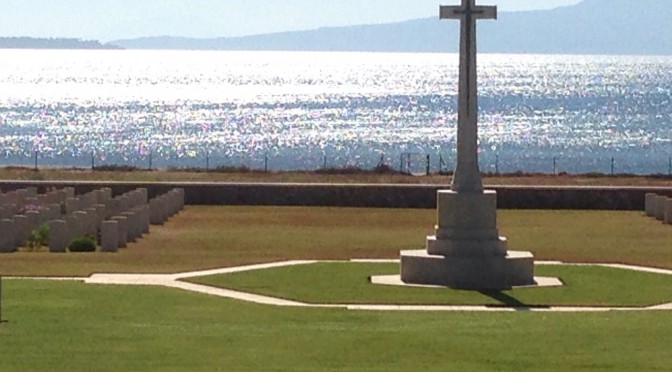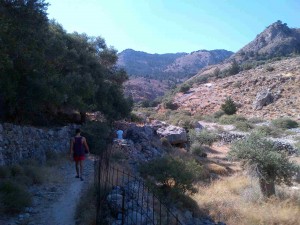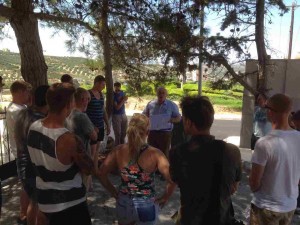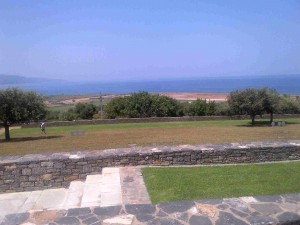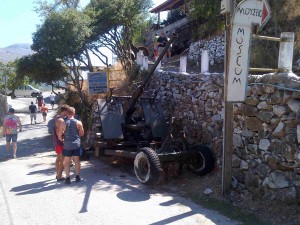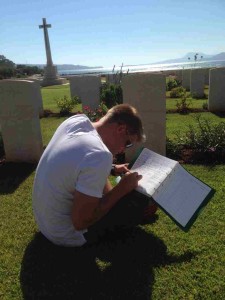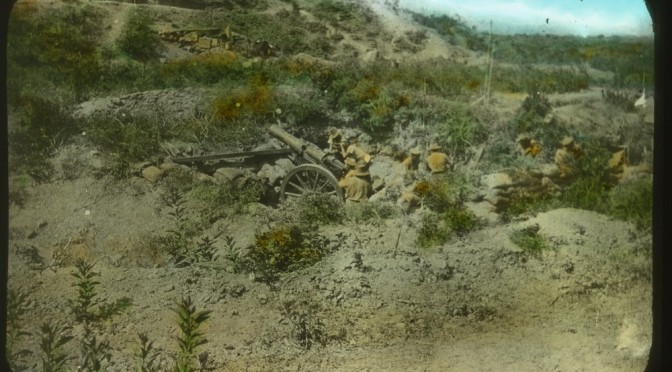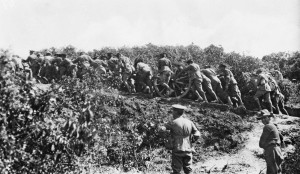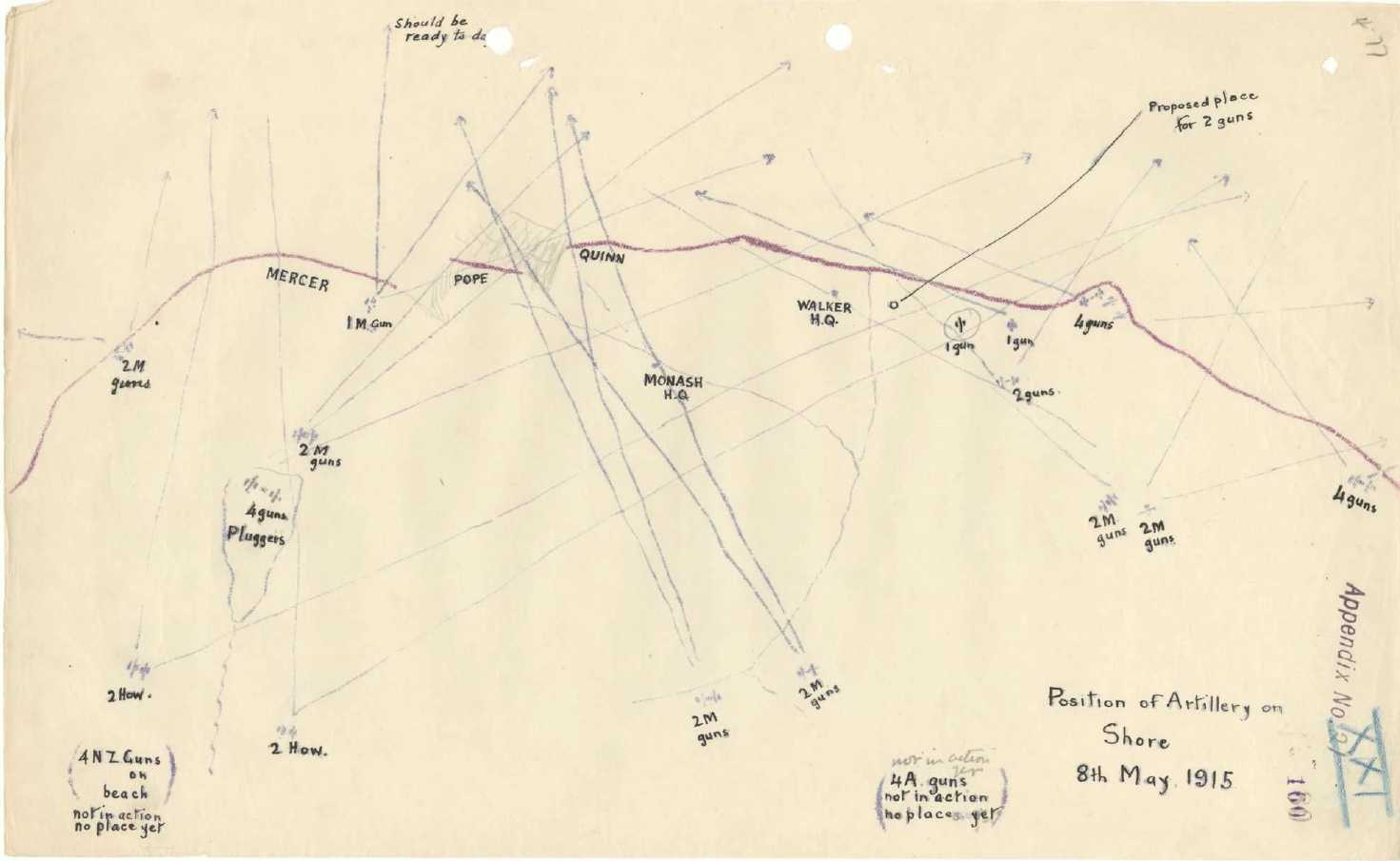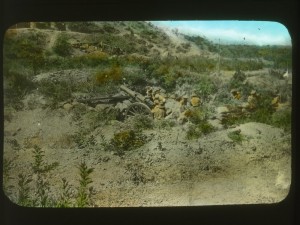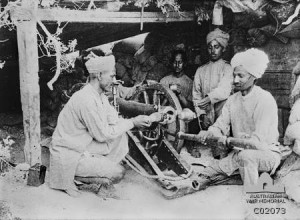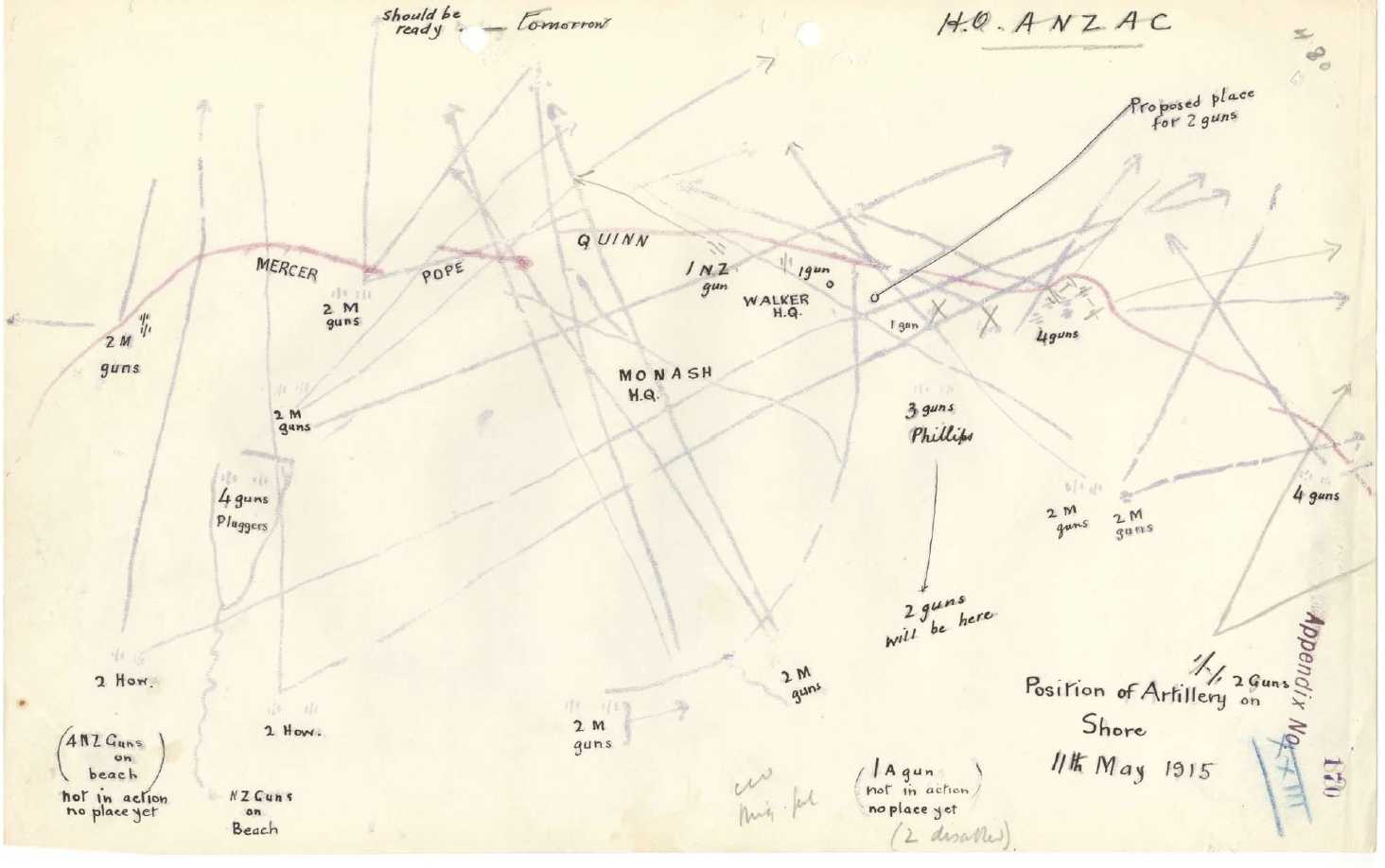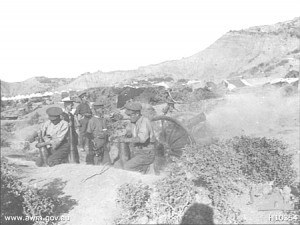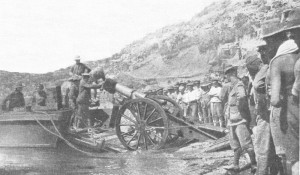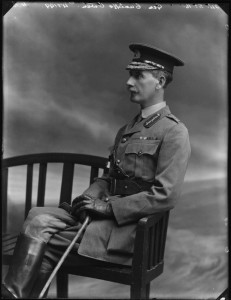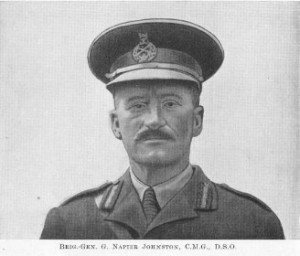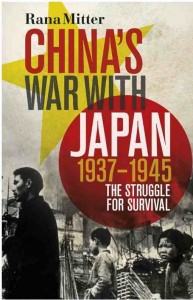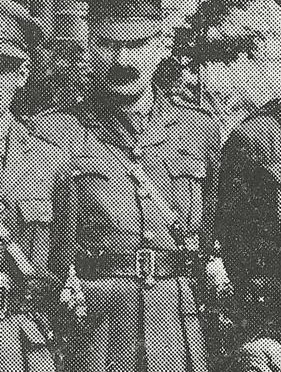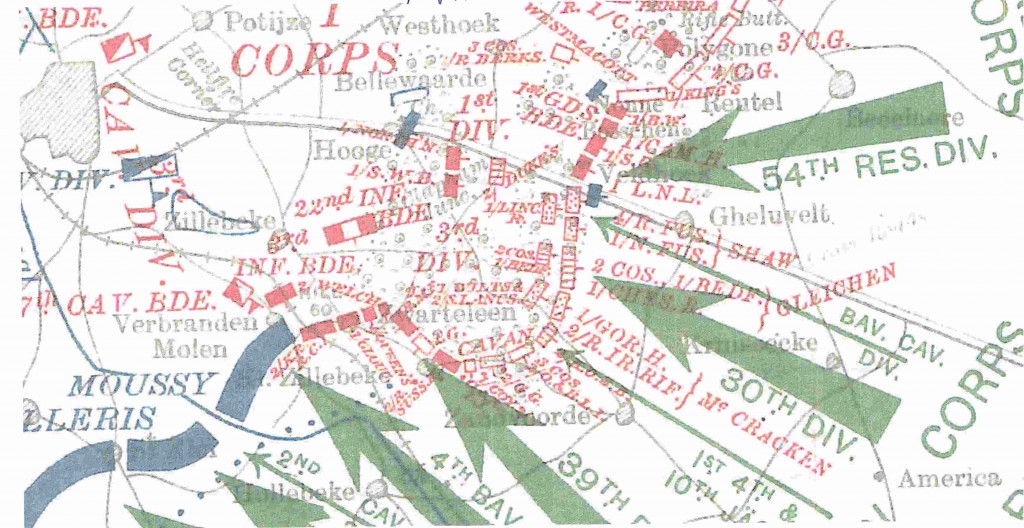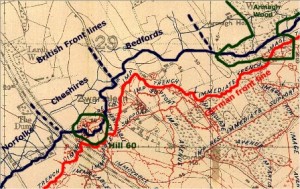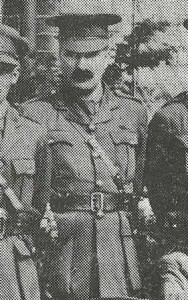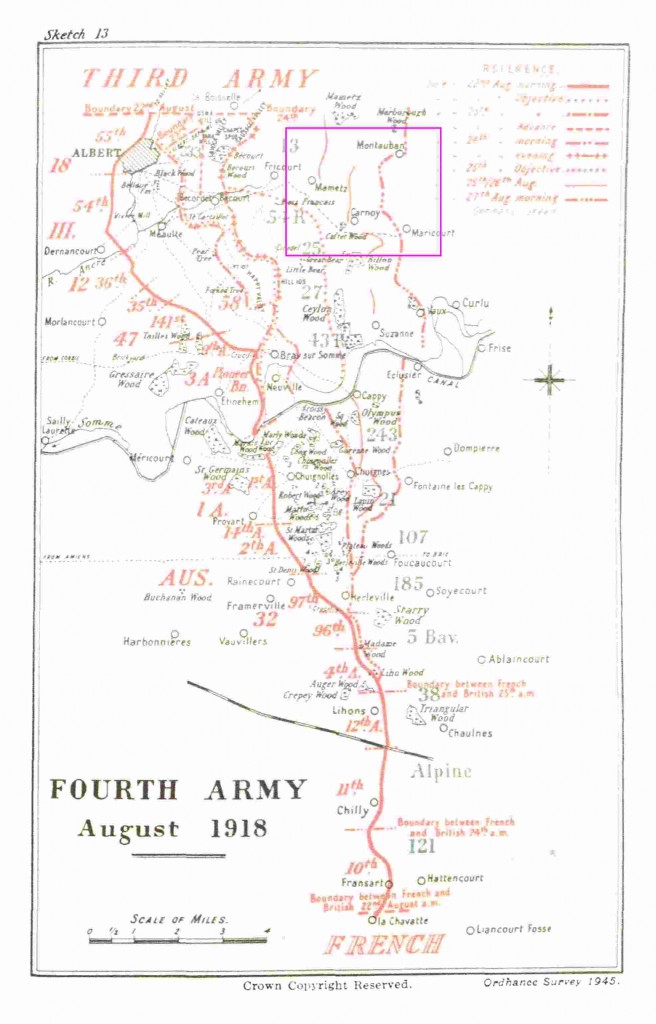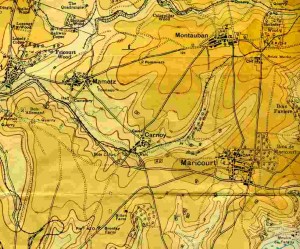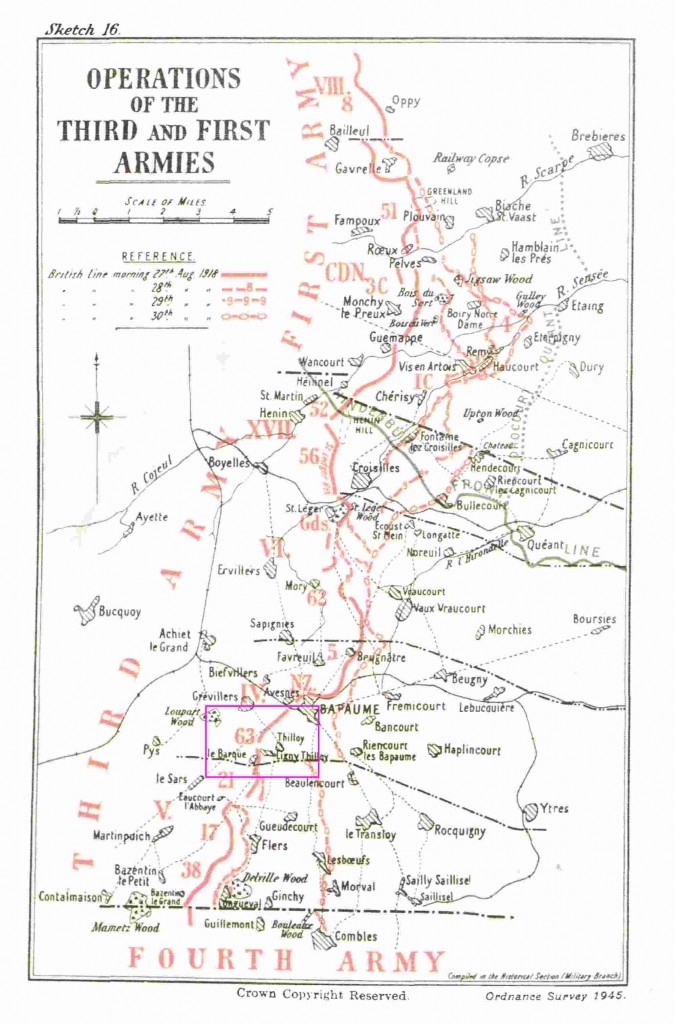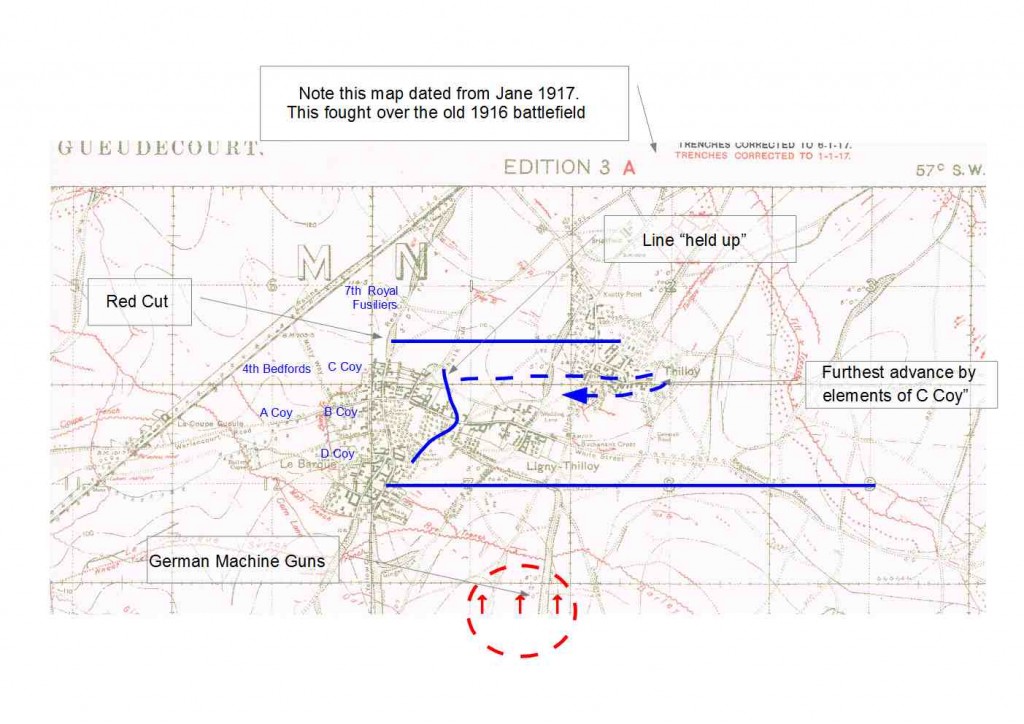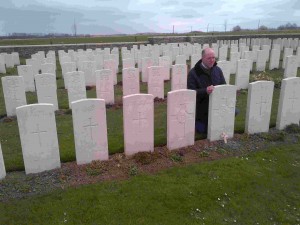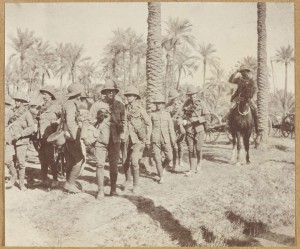
This photograph in the National Army Museum Collection shows the men of the 1/5th Hampshire Howitzer battery in Mesopotamia, modern Iraq in 1915. It was a Territorial unit, with many men from the Isle of Wight. Around half of the battery and three other batteries from the Regular Xth Field Brigade which served alongside them, would die during the war. This November is the centenary of the fateful events which lead to these units being doomed to suffer some of the highest proportional losses of any Gunner units losses in the Great War.
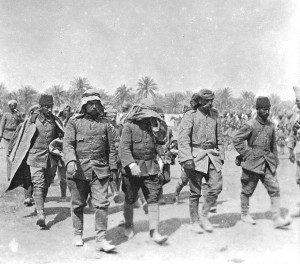
The 1915 campaign in Mesopotamia is over-shadowed by the Gallipoli expedition. After the Ottoman (Turkish) Empire joined the war on the side of Central Powers the British send a small expeditionary force “Indian force D” based on the 6th (Poona) Indian Infantry Division to secure the oil refinery at Abadan, important for fuel oil for the Royal Navy. In addition to the 1/5th Hampshire Howitzer battery, the artillery included the Xth Brigade Royal Field Artillery, (63,76 and 83 batteries) The 1st Indian Mountain Brigade, 23rd and 30th Batteries), a Territorial Army unit and S Battery RHA
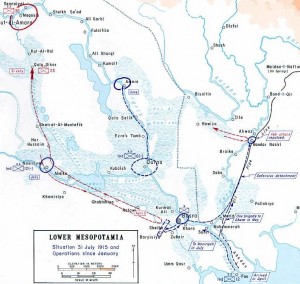 The Mesopotamian campaign started well and by April 1915 had secured its limited objectives. After landing at Fao on the 6th November 1914, the expeditionary force defeated the Ottoman defenders in battles for Basra and Qurna in 1914. At the battle of Shaiba 12-14 April 1915, the British defeated an Ottoman attempt to evict them, the last time that they would threaten Basra. But what next?
The Mesopotamian campaign started well and by April 1915 had secured its limited objectives. After landing at Fao on the 6th November 1914, the expeditionary force defeated the Ottoman defenders in battles for Basra and Qurna in 1914. At the battle of Shaiba 12-14 April 1915, the British defeated an Ottoman attempt to evict them, the last time that they would threaten Basra. But what next?
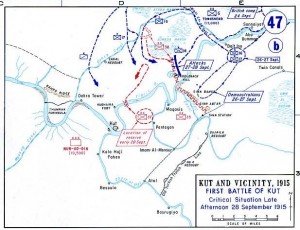 The strategists in London wanted to scale the operation back, in favour of the Western Front and other theatres. Those in India saw an opportunity to exploit success and capture Bagdad given the light, defeated opposition. This was to be achieved with the resources in theatre.
The strategists in London wanted to scale the operation back, in favour of the Western Front and other theatres. Those in India saw an opportunity to exploit success and capture Bagdad given the light, defeated opposition. This was to be achieved with the resources in theatre.
So on a logistic shoestring, General Townsend with a force of around 11,000 men of the 6th Poona Division was ordered to advance up the River Tigris, supported by river gunboats as far as Kut-al- Amara and , if possible Bagdad. On 29 September the British defeated the Ottomans south west of Kut after an night march and dawn attack.
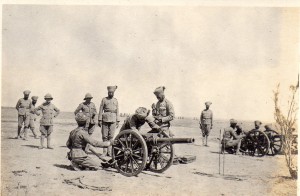 By 21 November the 6th Division was approaching the next line of Ottoman defences on a six mile front at Ctesiphon 26 Km South East of Bagdad. The Turkish commander had entrenched his troops across the valley. The British plan was to form four infantry columns and attach the Turk positions at dawn on the 22nd while a flying column manoeuvred around the right, Eastern flank. Much of the fire-power to support the attack was to be from gun boats on the River Tigris. The Turks concentrated their artillery fire on the gun boats and by the end of the 22nd each side had suffered close to 50% casualties in a very bloody battle. Both commanders ordered their men to withdraw. Townsend had only a few thousand unwounded men, not enough to capture and hold Bagdad, and thousands of wounded. He fell back to
By 21 November the 6th Division was approaching the next line of Ottoman defences on a six mile front at Ctesiphon 26 Km South East of Bagdad. The Turkish commander had entrenched his troops across the valley. The British plan was to form four infantry columns and attach the Turk positions at dawn on the 22nd while a flying column manoeuvred around the right, Eastern flank. Much of the fire-power to support the attack was to be from gun boats on the River Tigris. The Turks concentrated their artillery fire on the gun boats and by the end of the 22nd each side had suffered close to 50% casualties in a very bloody battle. Both commanders ordered their men to withdraw. Townsend had only a few thousand unwounded men, not enough to capture and hold Bagdad, and thousands of wounded. He fell back to 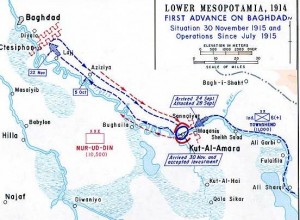 Kut. The suffering of the wounded was pitiful. Townsend entrenched his men at Kut and waited for relief. The Turks brought up reinforcements, defeated relief efforts and in April 1916 Townsend and his Army surrendered. Prisoners of War were not well treated by the Turks and around half of the British and Indian soldiers who fell into their hands died in Mesopotamia or on a forced march to Anatolia or in the harsh conditions there.
Kut. The suffering of the wounded was pitiful. Townsend entrenched his men at Kut and waited for relief. The Turks brought up reinforcements, defeated relief efforts and in April 1916 Townsend and his Army surrendered. Prisoners of War were not well treated by the Turks and around half of the British and Indian soldiers who fell into their hands died in Mesopotamia or on a forced march to Anatolia or in the harsh conditions there.
Among them were the men of the 1/.5th Hampshire Howitzer Battery and the three batteries of the Xth Brigade RFA (63,76 and 82). The Commonwealth War Graves records lists 442 dead from these units, which had an establishment of around 800.
Two batteries of the current day 106 Regiment are based in Hampshire are continue the traditions of Hampshire volunteer artillerymen, even though 457 and 295 batteries draw on the traditions of the Hampshire Yeomanry. The regular batteries were reformed, but none survived the post WW2 reorganisations.
One other battery which took part as Force D is still in existence. The 23rd Peshawar Mountain battery (Frontier Force) was transferred to the army of Pakistan in 1947. https://en.wikipedia.org/wiki/23rd_Peshawar_Mountain_Battery_(Frontier_Force)
Camp of 1/5th Hampshire Howitzer Battery at Makina Masus near Basra, 1915.
Photograph, World War One, Mesopotamia (1914-1918), 1915.
1/5th Hampshire Howitzer Battery landed at Basra on 23 March 1915 and joined 6th Indian Division which had arrived in November 1914.
It fought in the Battle of Shaiba (April 1915) and took part in the advance towards Baghdad, including the Battle of Es Sinn, capture of Kut (September 1915) and Battle of Ctesiphon (November 1915). The battery was captured by the Turks following the British surrender at Kut in April 1916.
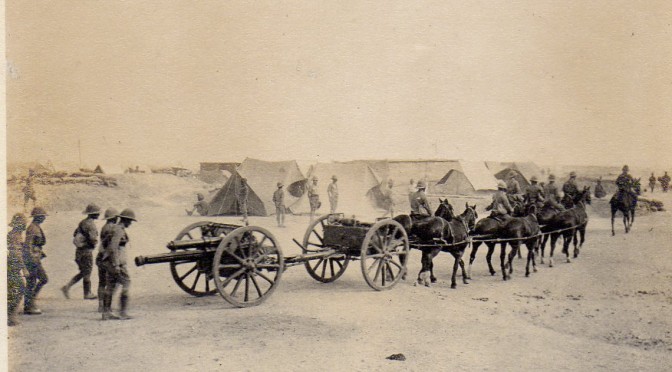
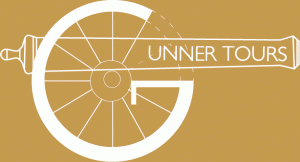

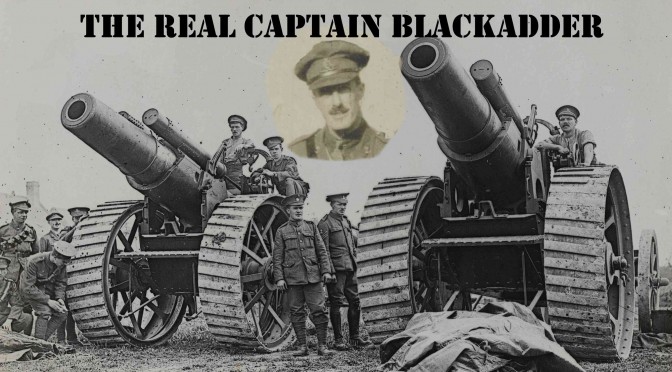
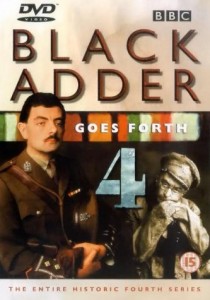
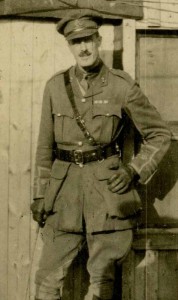
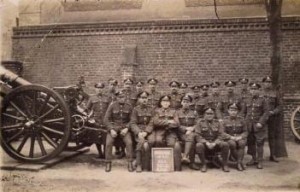
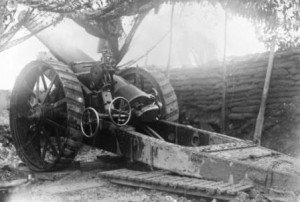

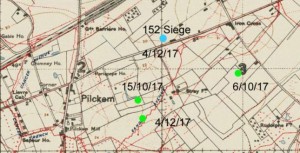
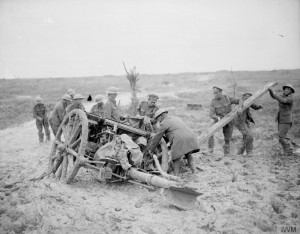
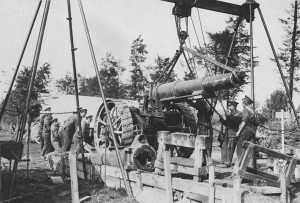
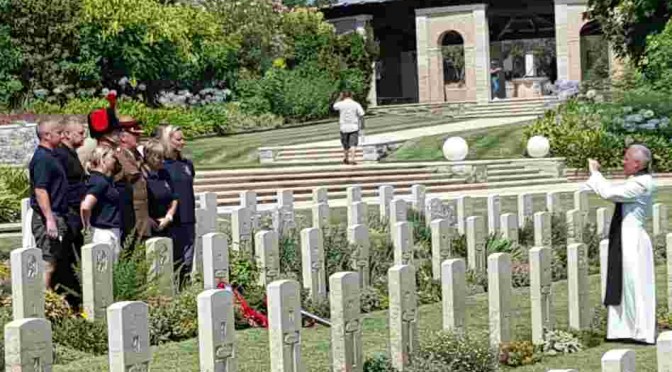
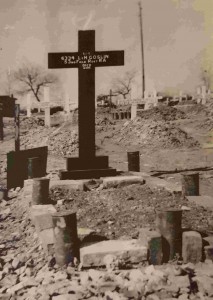
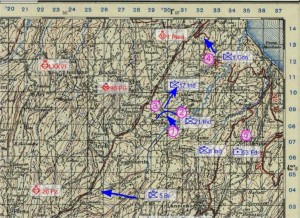
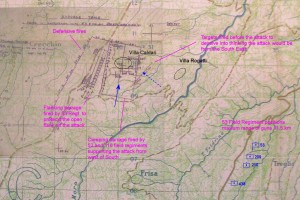
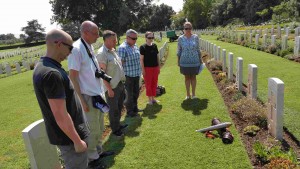
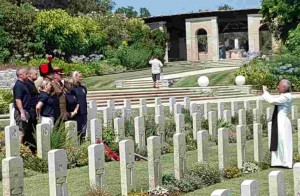
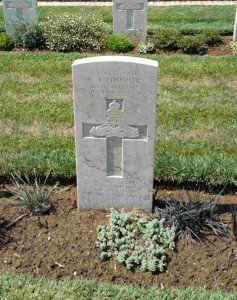
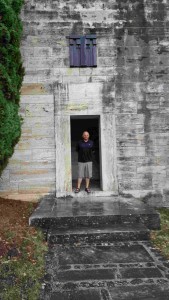
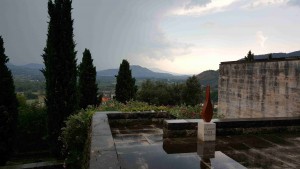
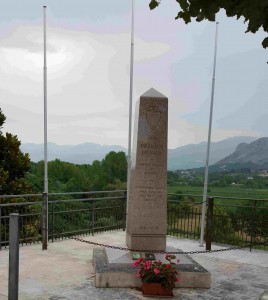
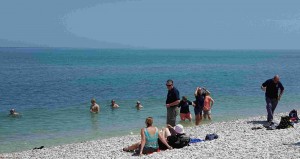
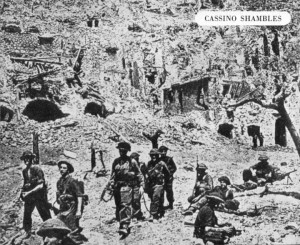
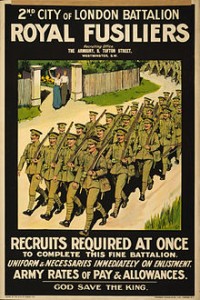
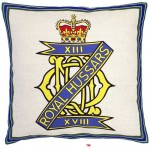
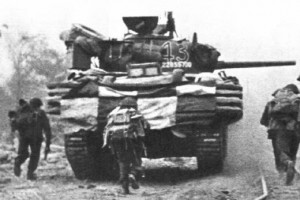
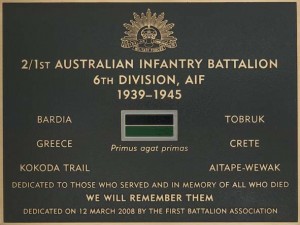
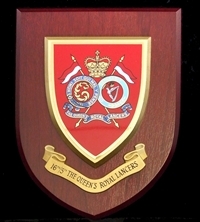
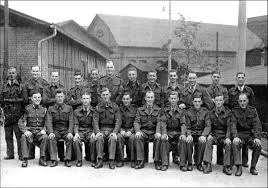
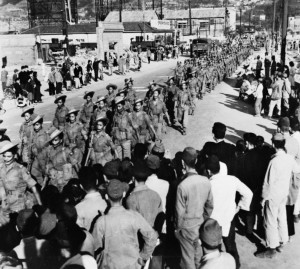

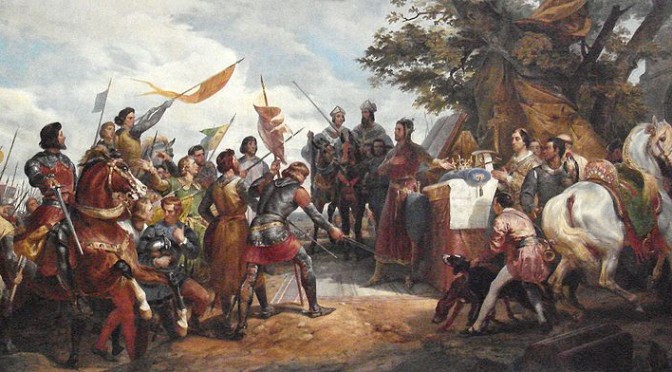
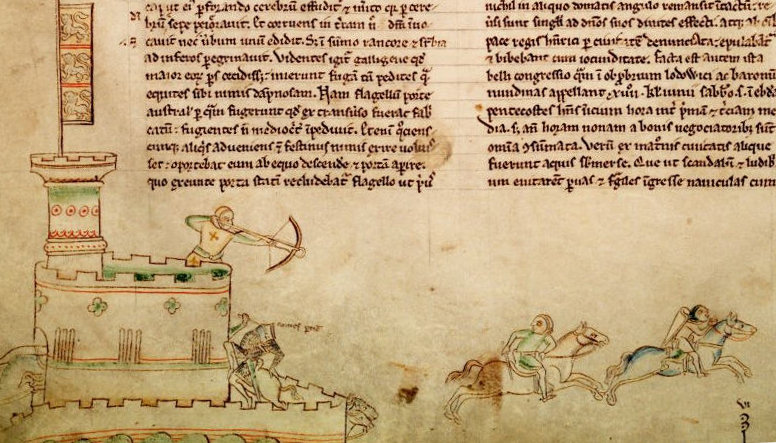 King Louis the First of England!
King Louis the First of England!